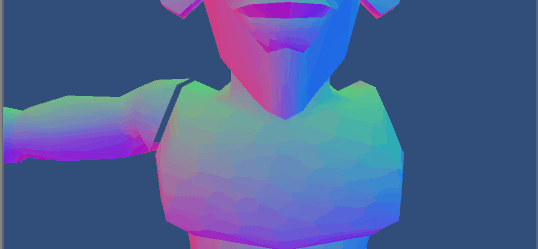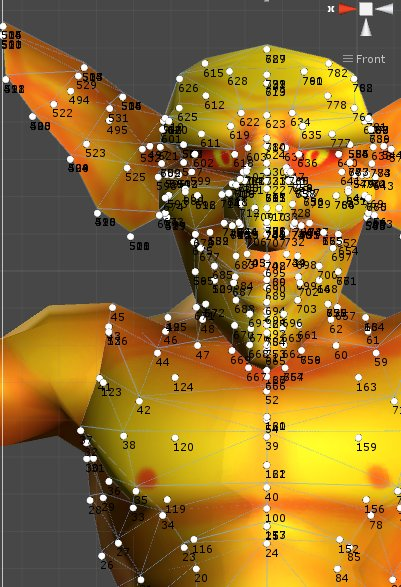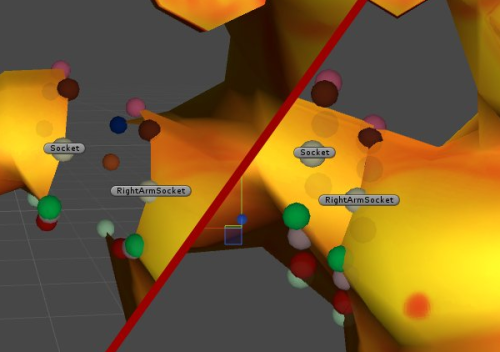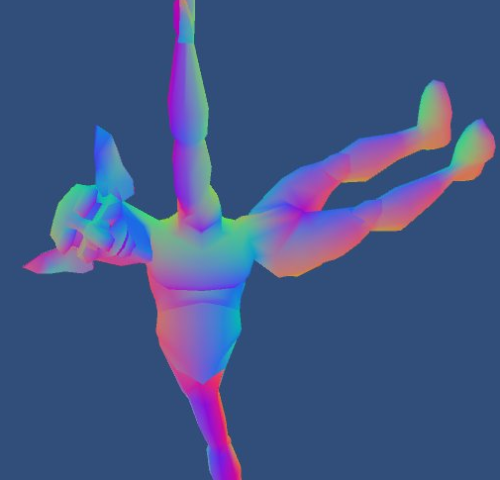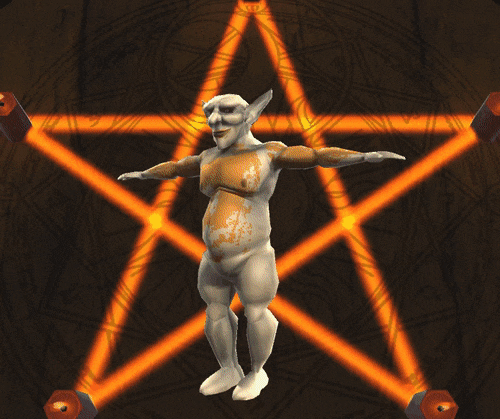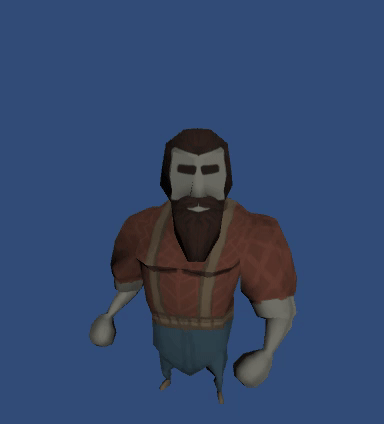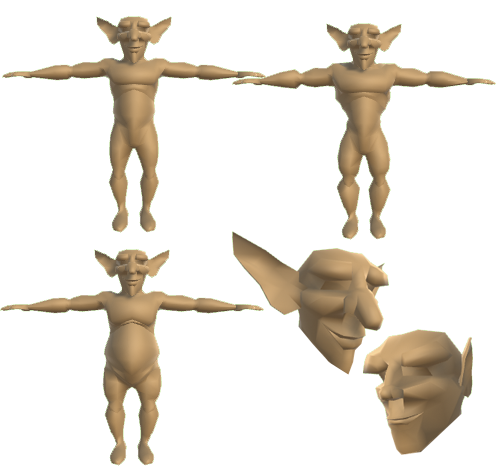I've just uploaded a new version that should fix the mouse position issue. Let me know if you're still having it!
Also, if you hold M/N it will change the cursor sensitivity.
As soon as I finished this, I realized that you could potentially be talking about the mouse look sensitivity 😅
I'll upload a version later today that has some control for that as well.

















